Don't you know why your plants are sick? The most common problems, their symptoms and how to cure them
Your plants are sick and you don't know why? We tell you which are the most common diseases, their symptoms and how to cure them.
You wake up one day and see that your plant does not look like it always has.
You see it a bit withered, yellow spots have appeared on the leaves... you water it a little more than usual, thinking that perhaps it lacks water. But days go by and her condition does not improve, or even continues to get worse.
So you assume the reality: your plant is sick.
This situation is very normal. Our plants are living beings, and they can suffer diseases like us.
The difference is that for them there are neither doctors nor veterinarians to take them. If we want them to be healthy, we are responsible for diagnosing and curing them.
Therefore, in this article we are going to tell you everything you need to know, including:
- Some of the most common diseases and problems among plants.
- The symptoms that usually present.
- How to prevent them (and cure them if they already suffer from these problems).
Be very attentive to these tips if you want your whole garden to be healthy as an oak.
Why do our plants get sick? The 3 most common reasons and how to prevent problems from appearing
There are many reasons why your plants may suffer some kind of disease or weakness. But in this article we are going to focus on the most common origins.
We have divided them according to whether the origin of the disease is related to:
- Irrigation.
- Nutrients.
- External infections (pests).
We see them separately
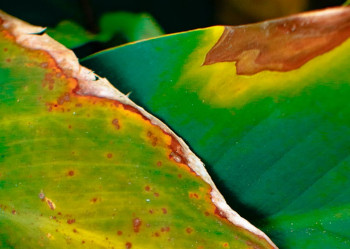
1. Diseases related to irrigation
You already know that, for any plant, water is essential.
But like everything, it has to be in its proper measure. And it is that not all species have the same water needs.
When you come up short or (most commonly) when you overwater them, that's when problems start to arise.
A. Lack of watering
You go on vacation and ask your neighbor to water the pots for you... but when you come back, he tells you that he forgot. And your plants have gone a week or more without receiving a drop of water.
Or you do not take into account that, with the heat, you need to water them more often, so when summer arrives they become dull.
The symptoms of a lack of water are very recognizable.
In most cases, the edges of the leaves begin to discolour and eventually dry out. If you do not put a quick remedy, in the worst case, your plants will end up drying out and dying.
The good news is that in many cases, this problem is easy to fix.
You just have to water them again normally (the first few days you can give them a little more water so that the soil is moistened again).
If the roots have not been damaged, the plant will regain its vigour very soon.
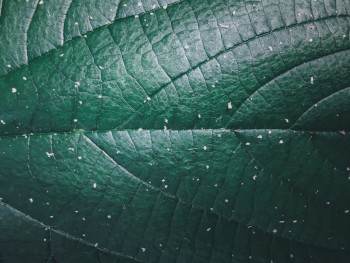
B. Overwatering
Surely you already know, but overwatering a plant is more dangerous than under-watering it.
In addition, the problems derived from excess irrigation are also more difficult to solve; sometimes they are even irreversible.
If the substrate is too damp (either because you have gone too far with watering or because the substrate does not drain the water), the roots will rot.
And that will mean the death of the plant.
In addition, excess water encourages the appearance of fungi, which are also very dangerous and difficult to eliminate.
If you notice that the leaves are wilting and turning brown, that may be a sign of root rot.
That is why it is so important that you inform yourself about the water needs of each plant and provide it with the right amount of water it needs.
Note: if you need indications, in the files of the plants that we have uploaded on our website we indicate what level of irrigation each one needs.
2. Diseases related to nutrients
Another very common problem that can lead to diseases is the lack or lack of nutrients.
And is that a plant not only needs nitrogen, phosphorus and potassium, as we usually think, but it needs a total of 13 nutrients.
If you want to know more about them (and what happens if the plant is missing or leftover) we have told you about in a previous post.
However, here we summarize some of the main diseases and problems related to plant nutrients.
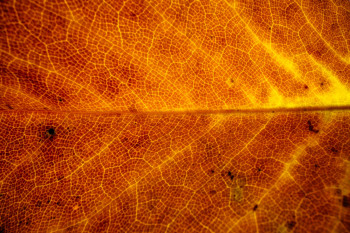
A. Iron chlorosis
A disease so common that it even has its own name.
Iron chlorosis occurs when a specimen is not receiving a sufficient supply of iron. It manifests itself in the form of yellow spots on the leaves.
To solve it you only need to apply an iron chelate (a kind of “vitamin supplement” for plants).
B. Lack of essential macronutrients (nitrogen, phosphorus and potassium)
You may have noticed that when you fertilize your plants, the presence of nitrogen, phosphorus and potassium is always indicated.
And it is that, among the 13 nutrients that a plant needs, these are the 3 that it must receive in more quantity than the rest. And therefore its absence also affects the plant more seriously.
Depending on which is missing, we have:
- Nitrogen: the lack of nitrogen causes symptoms very similar to those of the lack of irrigation, with yellow spots and leaves that dry. If you notice that, after watering your plant normally for several days, these symptoms are still present or get worse, the problem may be in the lack of nitrogen.
- Phosphorus: in this case, the leaves turn purple around the edges. Also, a plant without enough phosphorus will develop fewer buds and flowers.
- Potassium: If your plant lacks potassium, you will see it because it will appear yellow or dry edges on the tips. This problem can also extend to newer shoots.
Avoiding these problems is usually as simple as providing a balanced and adequate fertilizer, depending on the needs of each plant.
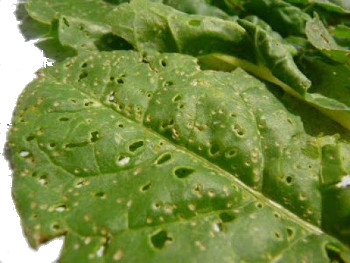
C. Toxicity
When we talk about toxicity, we mean that a plant has an excess of certain nutrients.
In fact, the vast majority produce toxicity, but some of the most common are:
- Copper.
- Boron.
- Sulfur.
In case of toxicity, the leaves begin to turn brown around the edges.
Also, some nutrients in very high proportions can interfere with the absorption of others, creating an even more serious problem.
Toxicity is usually rare, but if you notice these symptoms you will have to check which of the essential nutrients you may be providing in excess to the plant (through compost, substrate, etc.).
3. Diseases caused by pests
We now turn to those problems generated by unwanted visitors that settle in our plants.
In these cases, the best way to eliminate them is through phytosanitary products. It is important to act quickly to prevent them from spreading and posing a danger to the plant.
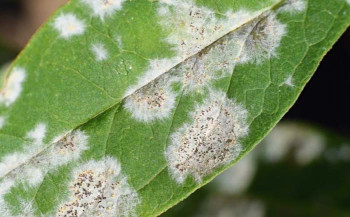
A. Fungi
As we told you, in many cases the appearance of fungi is a consequence of having gone overboard with irrigation.
In other cases, it is simply that the plant has been infected (for example, because it has been in contact with another that had fungi or with its pot or substrate).
There are even certain fungi that proliferate in honeydew that generate aphids and mealybugs.
These are some of the most common:
- Gray mould: also called "Botrytis", it is characterized by appearing as a grey film that covers the plant (hence its nickname).
- Powdery mildew: a fungus that spreads on the leaves with the appearance of a white spot.
- Anthracnose: in plants affected by this disease, brown spots appear on the leaves with reddish edges, which become brittle. These spots spread over the leaves until they weaken and kill the plant.
- Bold: a very characteristic mushroom. It appears as a kind of black powder that covers the leaves.
- Rust: a disease that pierces the leaves. It is very common, but luckily it is not usually fatal for the plant.
- Phytophthora: it manifests itself in the form of dark spots that appear on the stem of the plant and on the root neck. If you don't control it quickly, it can spread to the roots and kill the plant.
If you detect that one of these fungi has invaded your plants, it is best to apply a fungicide (specific or universal, depending on the case) immediately.
B. Insects and mites
In this group, we can include:
- Mealybugs
- Whiteflies
- Aphids
- Red spider
- Gastropods (snails and slugs).
If you notice that some of your plants look weaker or if the leaves are bitten, check them carefully to see if any of these unwanted visitors have settled between their leaves.
If you want to know more about pests and how to combat them, you can take a look at this other article.
Do you have doubts about how to take care of your plants so that they are always healthy?
With what we have seen in this article, you can already get a general idea of the main problems that can affect your plants.
But of course, each case is different.
Not all species need the same substrate or the same compost.
Therefore, if you have questions about what specific needs your plant has, or what may be the problem that afflicts it, you can contact us.
At Viveros González, we have been taking care of all kinds of gardens for many years, so we can guide you so that your plants are perfect.

 English
English Spanish
Spanish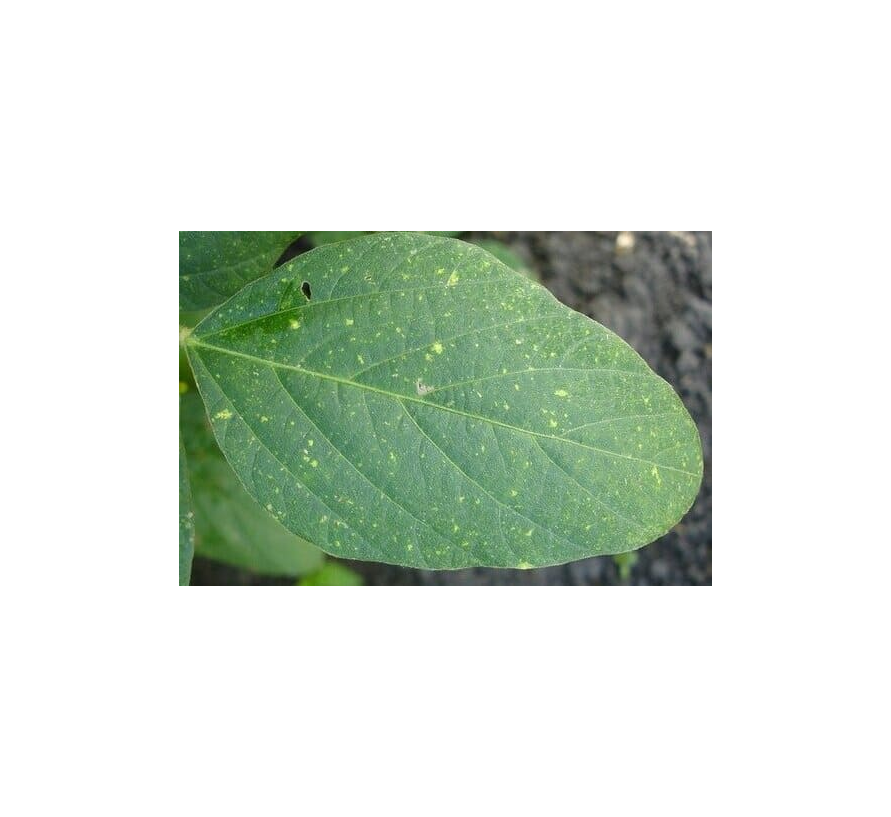
Comments
Leave your comment